Electromagnetics Blog Posts
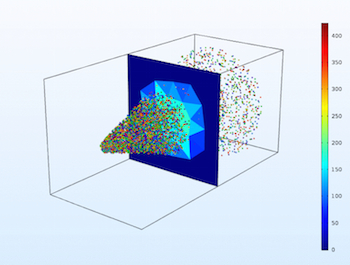
Different Ways to Count Particles in COMSOL Multiphysics
There are 3 ways you can count particles in your particle tracing simulations in COMSOL Multiphysics: during postprocessing, using accumulators, or with the Particle Counter feature.
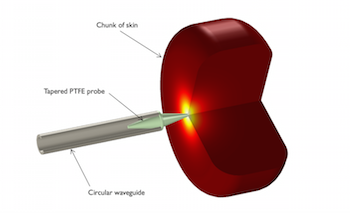
Studying a Dielectric Probe Used for Skin Cancer Diagnosis
Noninvasive tools like dielectric probes are a promising method for diagnosing skin cancer as early as possible. Learn about how simulation can be used to analyze their functionality and safety.

Why Wolfspeed Builds Apps with COMSOL Multiphysics
Engineers at Wolfspeed used the Application Builder in COMSOL Multiphysics® to optimize their development of wide bandgap semiconductors for silicon chips.

Investigating Wireless Power Transfer with Simulation
Some wireless power transfer (WPT) technologies must be oriented in a certain way to ensure proper performance. Simulation can be used to study and optimize these devices.
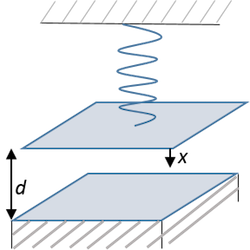
Modeling Microresonators with Electrostatic Actuation
Learn how to model electrostatically actuated MEMS resonators and get an intro to terms such as equilibrium point, pull-in, pull-in voltage, and time harmonic response of a biased resonator.
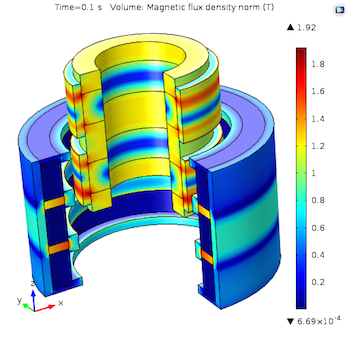
Modeling Linear Motors or Generators in COMSOL Multiphysics
We demonstrate how to customize a linear periodic boundary condition to model linear motors and generators in COMSOL Multiphysics®, with an example of a tubular generator used for wave energy.
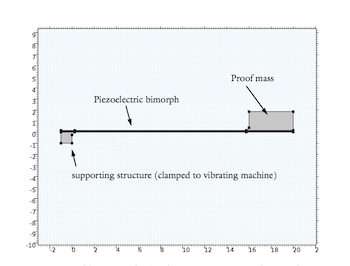
Optimizing the Power of a Piezoelectric Energy Harvester
When it comes to a piezoelectric energy harvester, the design configuration should maximize the level of power transfer. How can simulation be used to improve the design of an energy harvester?
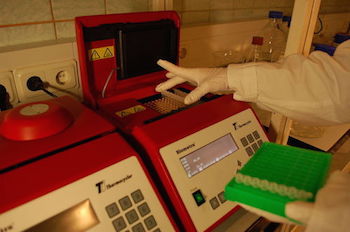
Creating Ultrafast Polymerase Chain Reaction Tests with LEDs
Researchers at the University of California, Berkeley, used simulation to develop an LED-based polymerase chain reaction system that shows potential for point-of-care testing. Get the full story.
